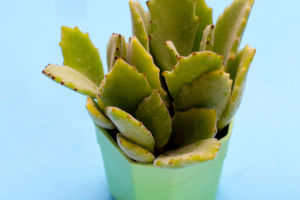Hey Lykkers! The common sunflower, with its vibrant yellow petals and towering height, is a beloved symbol of summer and happiness.
Let’s explore the fascinating world of this remarkable plant, its history, and its significance in our lives.
Botanical Background
The common sunflower, scientifically known as Helianthus annuus, is native to North America and is renowned for its distinctive appearance. Standing tall, it can reach heights of up to 10 feet, with large flower heads that can span over a foot in diameter. The sunflower’s name comes from its ability to track the sun throughout the day, a phenomenon known as heliotropism. Young sunflowers exhibit this behavior, following the sun’s movement from east to west, although mature plants typically face east.
Cultivation and Uses
Sunflowers thrive in well-drained, fertile soils and prefer full sun, making them a favorite for gardens and agricultural fields alike. They are relatively easy to grow, which contributes to their popularity among gardeners and farmers. Sunflower seeds are not only nutritious snacks but also a significant source of oil. Sunflower oil is widely used in cooking and food production, and the seeds themselves are packed with protein, healthy fats, and vitamins, making them a popular choice for a healthy diet.
In addition to their culinary uses, sunflowers are also used in a variety of products, from cosmetics to biodiesel, showcasing their versatility. Beyond their practical uses, they are often grown for ornamental purposes, creating stunning landscapes in gardens and parks.
Cultural Significance
Throughout history, sunflowers have held symbolic meanings in various cultures. In Native American traditions, they were valued for their seeds and oil, and the plant often symbolized nourishment and fertility. In art, Vincent van Gogh immortalized the sunflower in his famous paintings, capturing their beauty and vibrancy. Today, sunflowers are associated with happiness, positivity, and loyalty, often used in arrangements for celebrations and special occasions.
Secrets of Sunflowers: A Natural History
Video by Natural History Institute
Environmental Benefits
Sunflowers also play a vital role in the ecosystem. They attract pollinators such as bees and butterflies, which are crucial for maintaining biodiversity. Moreover, sunflowers have deep roots that help improve soil structure and prevent erosion. They are even used in phytoremediation, a process that utilizes plants to absorb toxins from the soil, making them beneficial for environmental restoration efforts.
The common sunflower is more than just a pretty face; it is a remarkable plant with a rich history and numerous benefits. Whether you’re admiring a field of sunflowers, snacking on sunflower seeds, or using sunflower oil in your kitchen, this vibrant flower has made its mark on our lives in many ways. Next time you see a sunflower, take a moment to appreciate its beauty and the positive energy it brings to the world.


